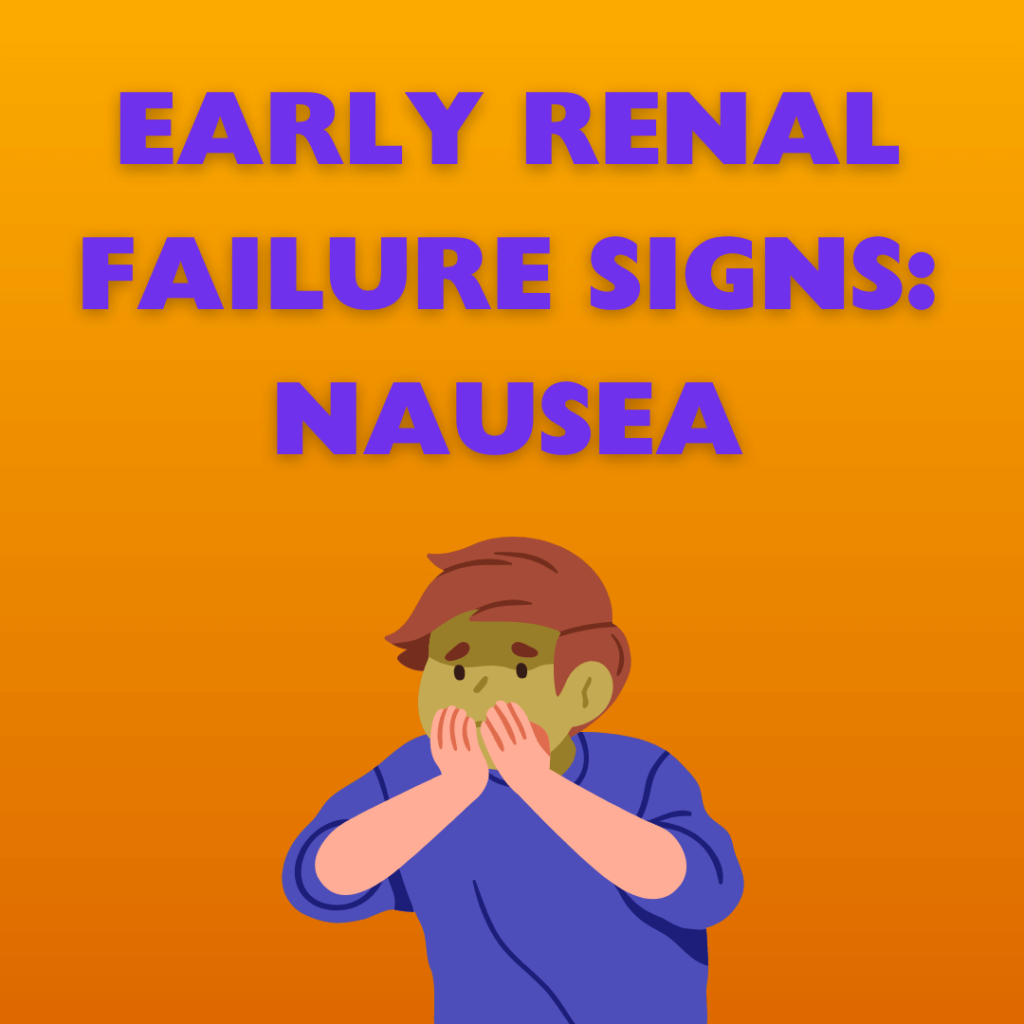
Medicare open enrollment is an important time for beneficiaries to review their coverage and make adjustments that may align better with healthcare needs. It’s also an opportunity to explore Medicare Advantage and Part D plan options that could provide greater coverage, convenience, and affordability.
The annual Medicare open enrollment period for 2023 runs from October 15 – December 7. Here's what you need to know to prepare for open enrollment so you can make the right choice.
1. Review your current coverage
Each year, about two-thirds of Medicare beneficiaries make changes to their health and drug coverage during the fall open enrollment period. That’s when they can choose a Medicare Advantage Plan or swap one for another. They can also enroll in a standalone Part D prescription drug plan or change their Medicare Supplement (Medigap) policy. Medicare’s website has a helpful feature called the Medicare Plan Finder that lets users compare plan costs and benefits. It also includes star ratings for the plans, which give an indication of how well they perform.
It’s important to know about this annual opportunity for changing your Medicare Advantage or Part D coverage. This is because Medicare plans can change in many ways, from cost to availability of services, over time. It’s worth a look to ensure you’re not missing out on better options that could meet your needs. In fact, choosing the right plan can save you money and hassle over the long term.
2. Consider changes in your healthcare needs
People’s healthcare needs can change from year to year. For example, you may find that your current plan doesn’t offer a network that includes your new doctor or isn’t covering your prescriptions anymore. Or, you might need a lower-cost plan to fit your budget.
About 26.7 million Medicare beneficiaries get their Parts A and B benefits through Advantage Plans, which usually include Part D coverage, while the rest stick with traditional Medicare (Parts A and B) and pair it with a standalone Part D plan or a Medicare supplemental insurance policy, called a Medigap policy.
During the annual Medicare open enrollment period, these Medicare enrollees have the opportunity to change their Advantage and Part D coverage. But a recent KFF analysis found that most Medicare beneficiaries don’t pay close attention to this important time to review their options and compare their plans. This can come at a cost, both financially and in terms of the health benefits they receive.
3. Compare your options
When you’re satisfied with your current health and drug coverage, it can be tempting to assume it will continue to work well for you. But if you choose to auto-renew your plan without exploring your options, you may be missing out on better health and drug coverage at a lower cost.
You can change your Medicare Advantage (Part C) or Part D plan during the annual Medicare Advantage Open Enrollment period. And if you’re enrolled in traditional Medicare, you can also use this opportunity to switch from one Medigap policy to another.
Consider comparing your plan options during Medicare open enrollment to see what works best for you. You can do this by examining your monthly premiums, out-of-pocket costs like deductibles and copays, drug coverage and the plan’s network or “formulary” of covered drugs. You can also seek support from a local help provider for more in-depth 1:1 assistance evaluating your Medicare options.
4. Make the right choice for your household
The Medicare open enrollment period is an important opportunity for people with Medicare to step back, review their coverage options, and make choices that are best suited to their individual healthcare needs. Whether it’s choosing between a Medicare Advantage plan and traditional Medicare, selecting the right prescription drug plan, or purchasing a Medigap policy, a careful understanding of the options available can help beneficiaries get the most out of their Medicare benefits.
Roughly 26.7 million Americans get their Medicare Parts A and B through private Medicare Advantage Plans (Medicare Part C), which often include Part D prescription drug coverage, while another 48.5 million get original Medicare with a standalone Part D plan. During fall open enrollment, each of these beneficiaries has the chance to switch plans related to their Advantage or Part D coverage, as well as add or drop supplemental coverage such as a Medigap policy. This is in addition to their initial enrollment window, which starts three months before a person’s 65th birthday and ends three months after it.




